When I first moved to Tokyo, my company was renting me a tiny apartment in Ginza. That was not for the fancy side of it, rather because it was really close to work 😉 So everyday, I was walking from Ginza and Shiodome and on the way, here it was: the Nakagin Capsule Tower.
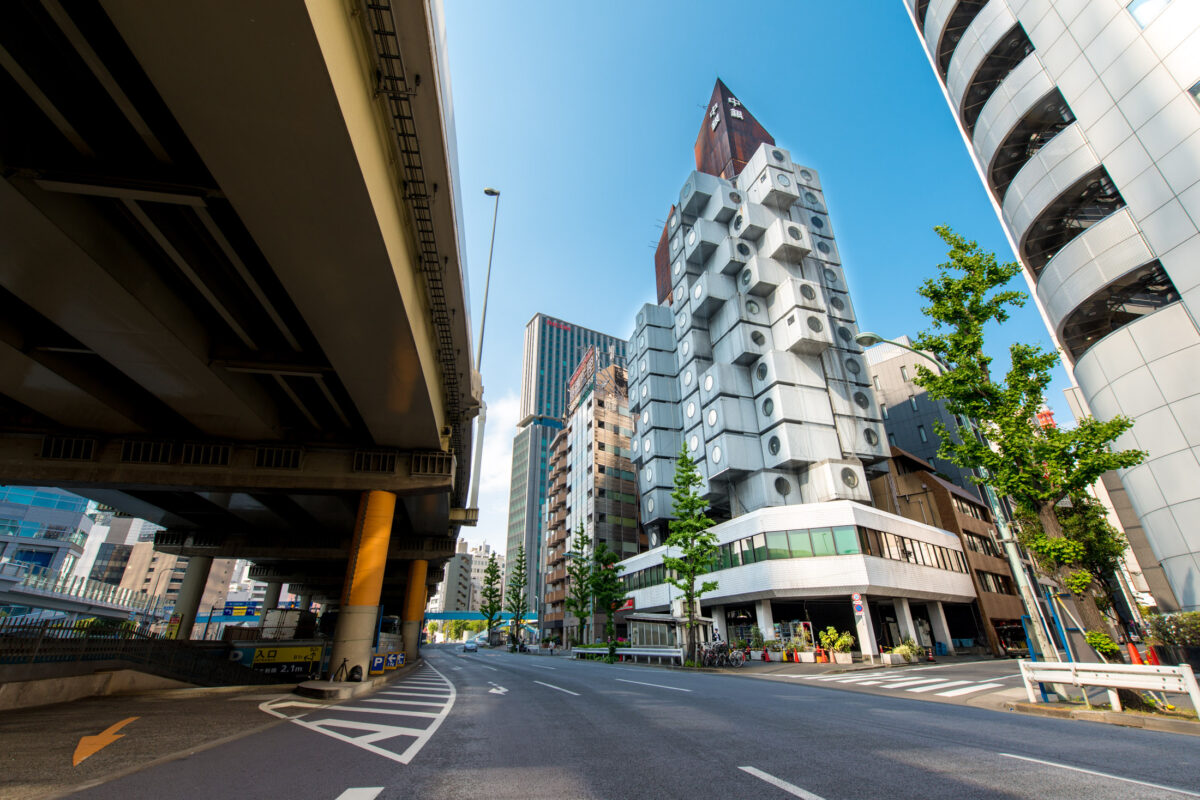
As my passion for
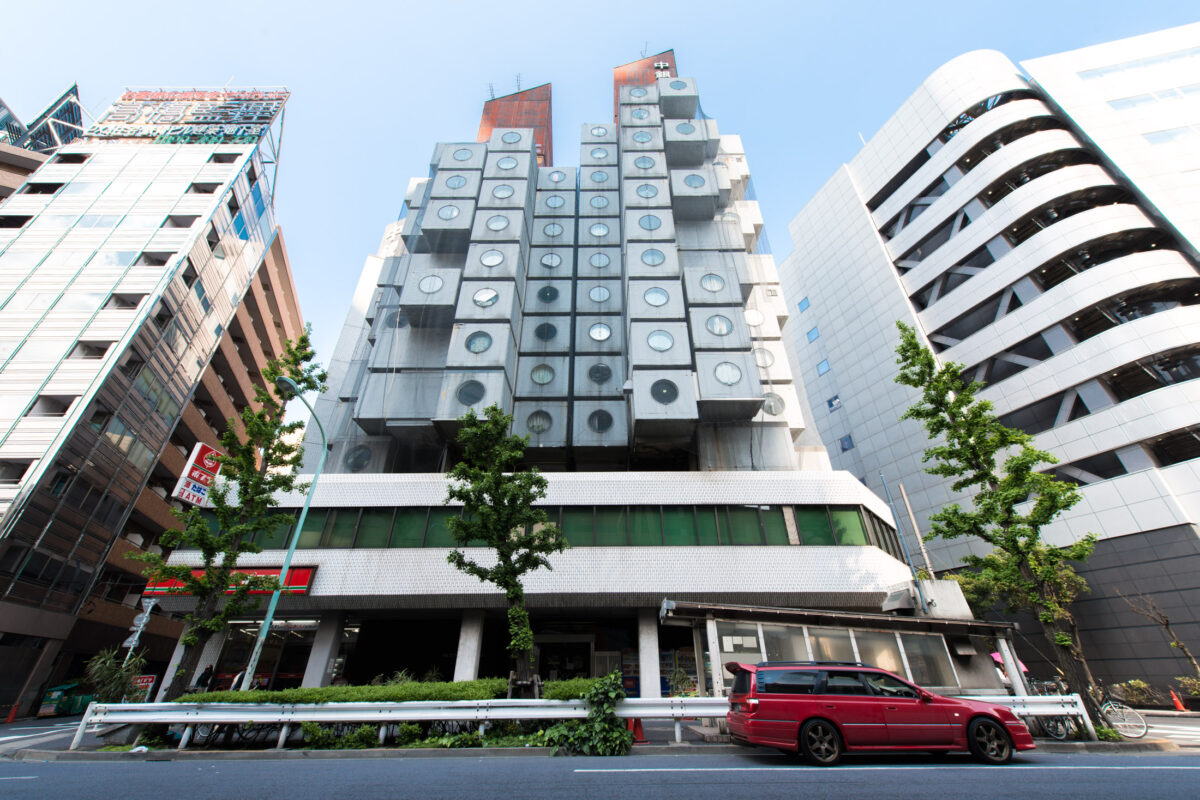
The Nakagin Capsule Tower was designed in 1972 by the famous architect Kisho Kurokawa who also designed the Modern Art Museum in Tokyo. It contains 140 post-futurist capsules that you could buy or rent; based on the fact that you probably lived in the countryside, worked very long hours in Tokyo and needed a simple place to wash your face and sleep during the weekdays. That was in the 70’s and 80’s.
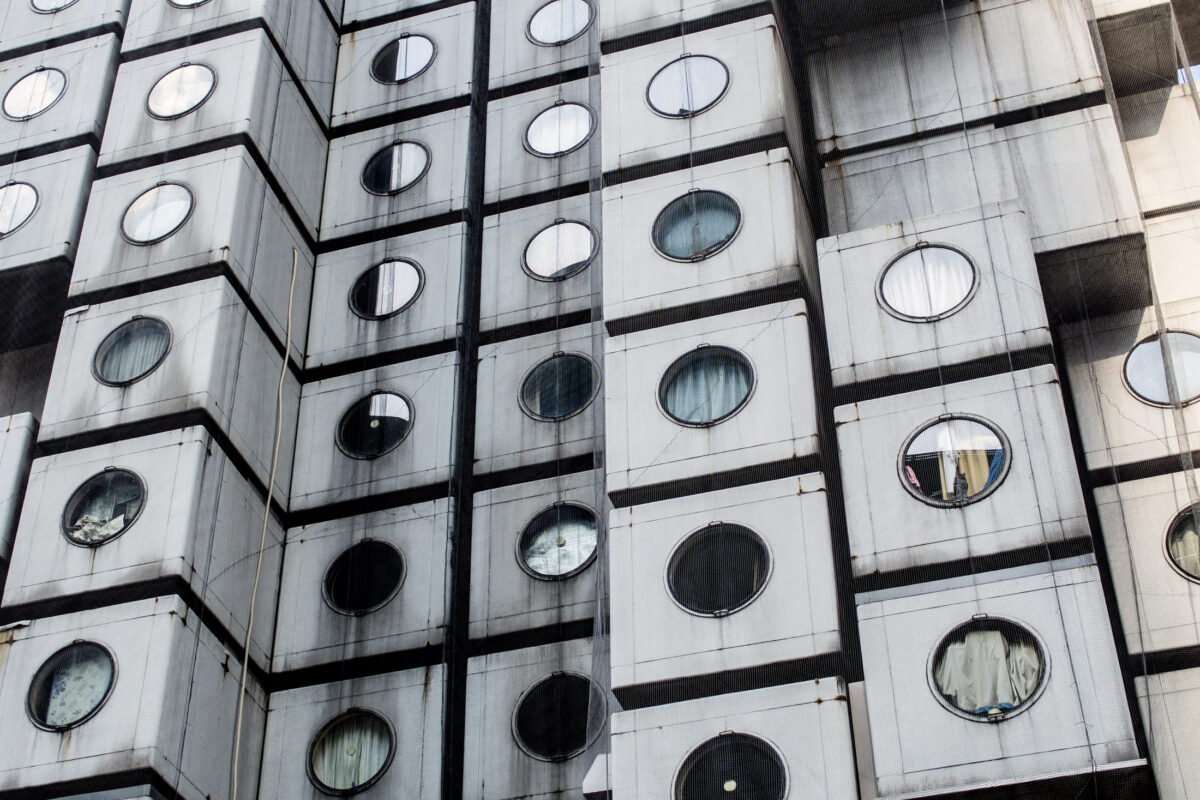
This building was built during an architectural movement called metabolism. Basically, the concept behind it is that the structure can renew itself and evolve, potentially in a modular way. Sounds pretty cool for us, software developers 😉
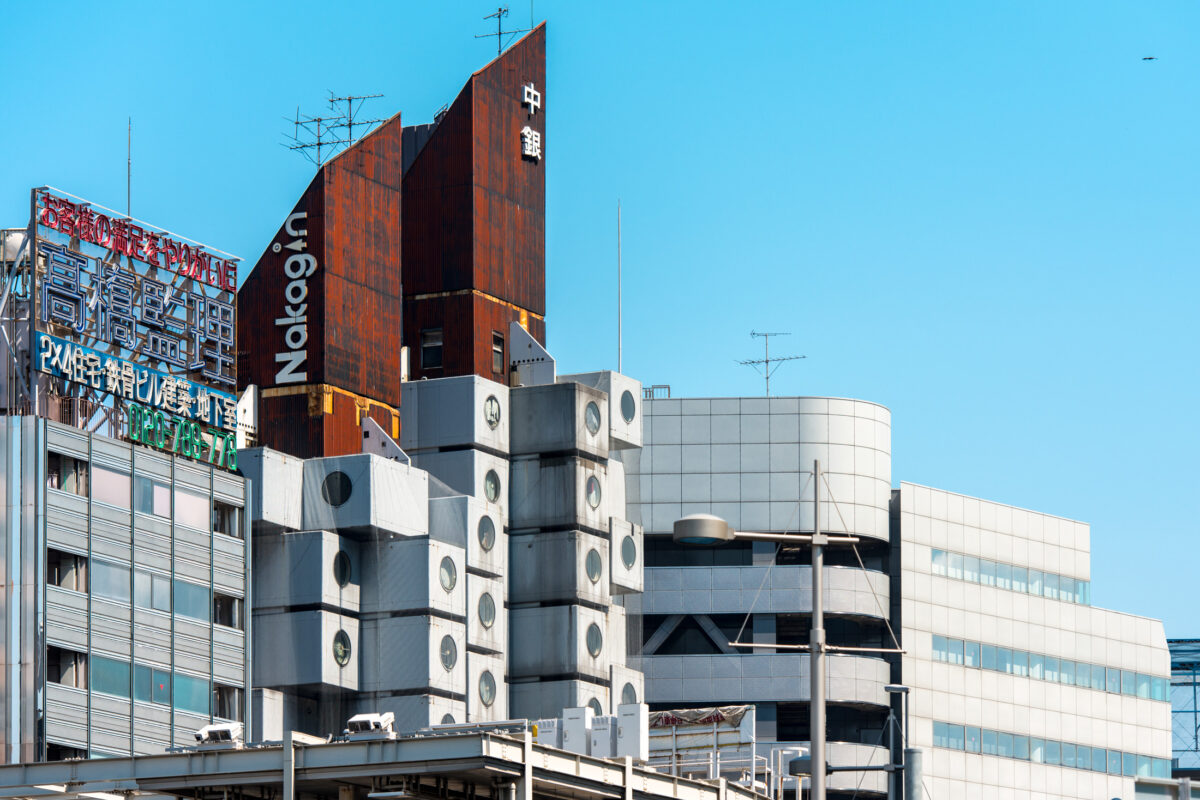
Unfortunately, it didn’t work as expected, it was far from being modular in practice. There were many hiccups in its API. The original owners seemed to have kept the capsules just to sell them when the building would be finally demolished.
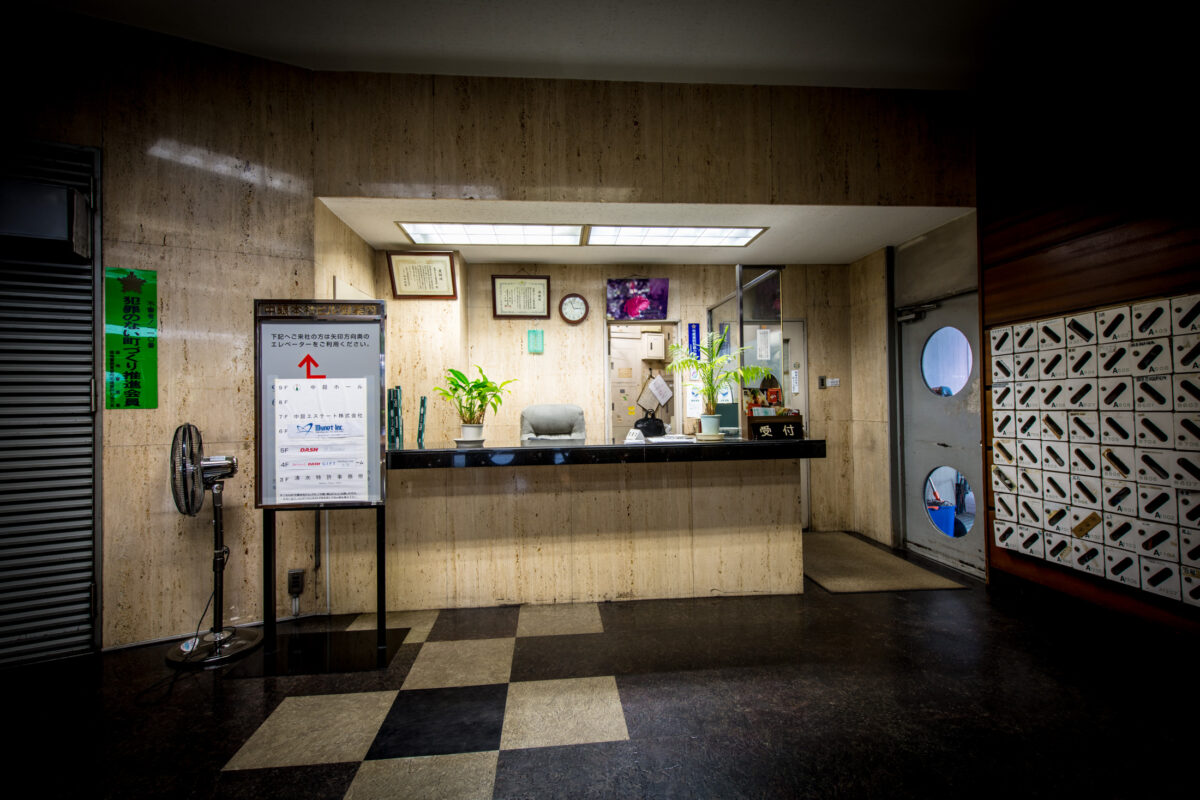
Luckily, many architects and architecture lovers are now buying capsules to take care of them. Maeda-san is now of them, and spend most of his free time at the Nakagin. Recently, he also called me in a hurry with excitement to show me the amazing state of decay of the new capsule he just got.
Maeda-san renovates them all
Jordy: Wow! The decay of this capsule is amazing. How long does it take you to restore such a capsule?
Maeda-san: It depends on the state but for one capsule, it’s generally around 8 days. But since I can only work at the Nakagin during the week-ends, it takes me up to 2 months!
Jordy: What’s the main difficulty?
Maeda-san: The decay of the outer wall and the ceiling is a catastrophe, so there are many leaks. Water gets into the capsule and deteriorate them. This is the result and it takes the most time to stop and repair.
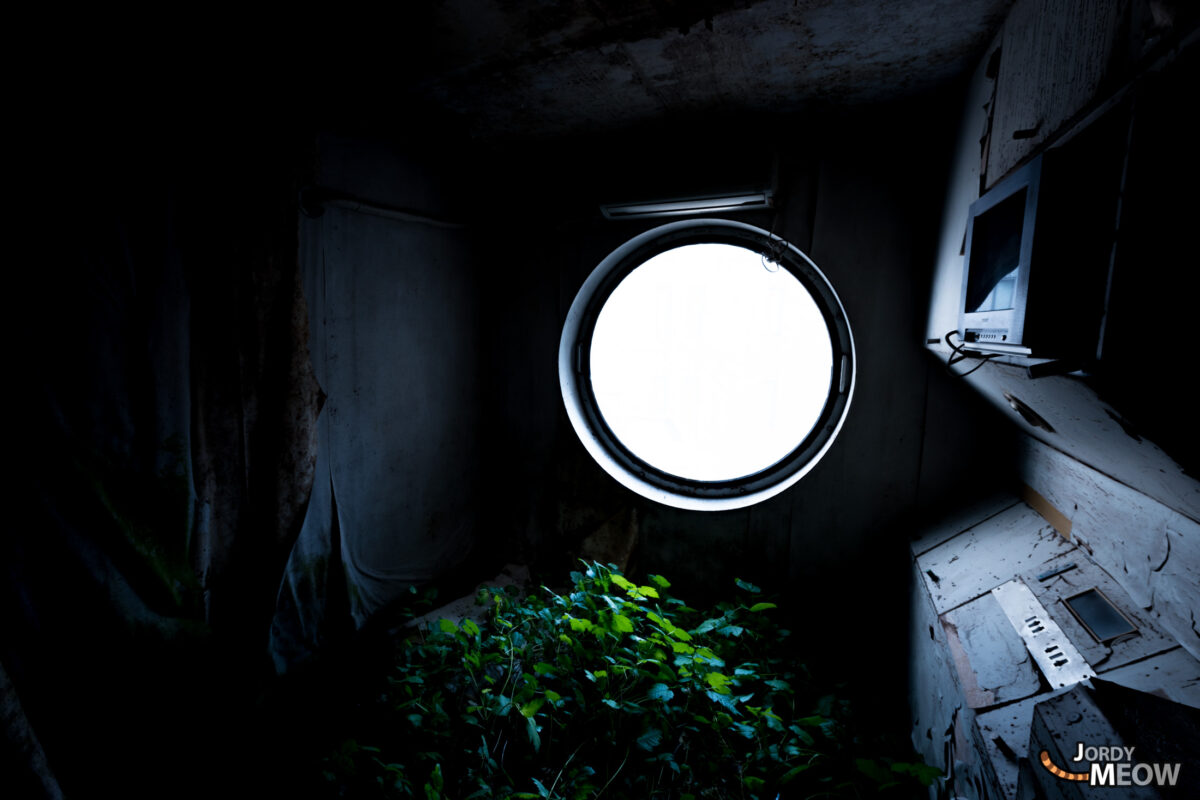
Jordy: Why and when did you buy your first capsule?
Maeda-san: I came across an advertising on which the capsules were on sale by chance. I was a bit surprised because I knew the Nakagin already and based on a news from 2007, it was supposed to be demolished. I called immediately. It has been my dream for a long time to get into the Nakagin and this was my chance, I jumped on the occasion! It was in 2010.
As of today (2016), Maeda-san has 13 capsules (out of the total of 140 capsules).
Jordy: Could you get rid of all the asbestos? Is there still asbestos in the building, if we walk around, in the stairs for example?
Maeda-san: I can’t remove it my myself but I block/contain it from where it comes from. In the common area, there is no risk, so no worries to have.

Jordy: What was the Nakagin supposed to be?
Maeda-san: Originally, the building was built for the salary-men. Around the 70’s, they were going to work very early until very late in the night. Their home being really far from the office, it was better to stay somewhere in central Tokyo during the week-days and go back only for the week-ends. Today, of course, the new inhabitants of the Nakagin are very different, they live here because they love it or because they enjoy a different kind of lifestyle.
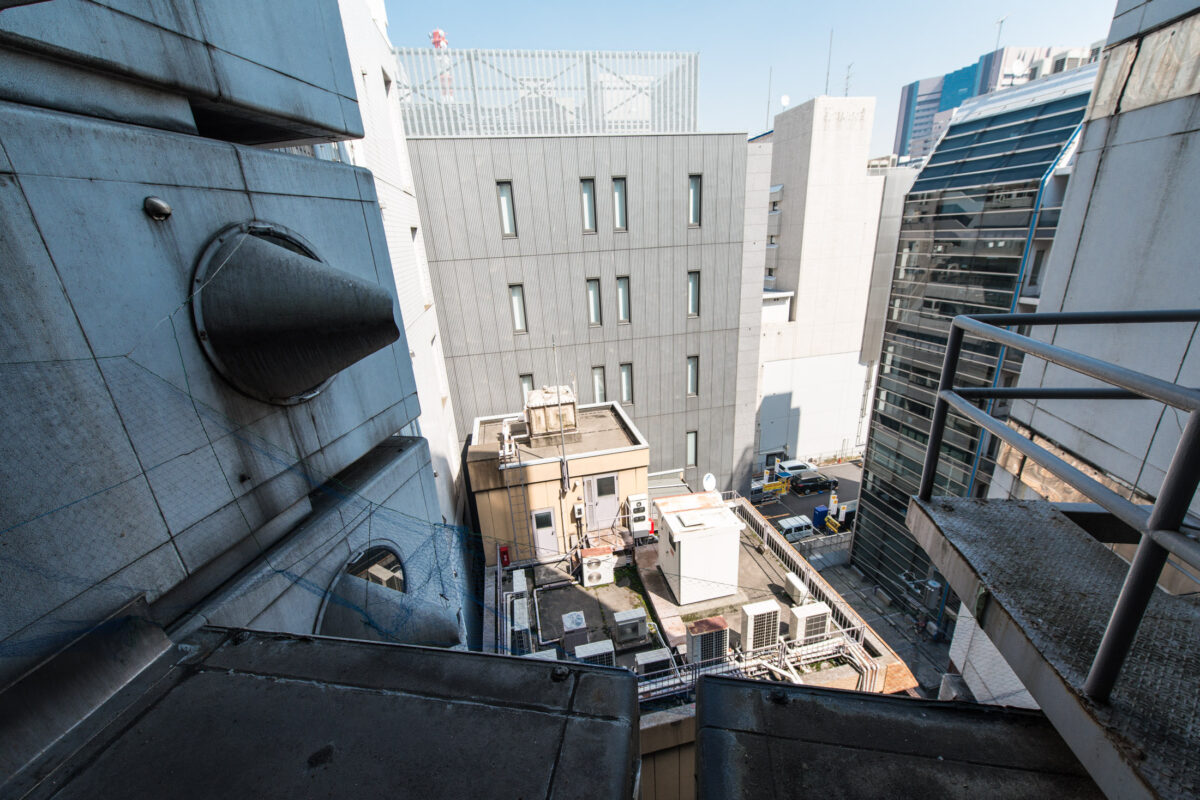
Jordy: Why did the original purpose of the building failed?
Maeda-san: It came out that the original idea of being able to remove the capsule independently didn’t work. Therefore, taking good care of the capsules became impossible and I think they only tried to make it look like it was maintained, while they were were actually becoming much worse. I thought at this time that it would be better to switch the owners to new ones, who would aspire to repair and conserve them.
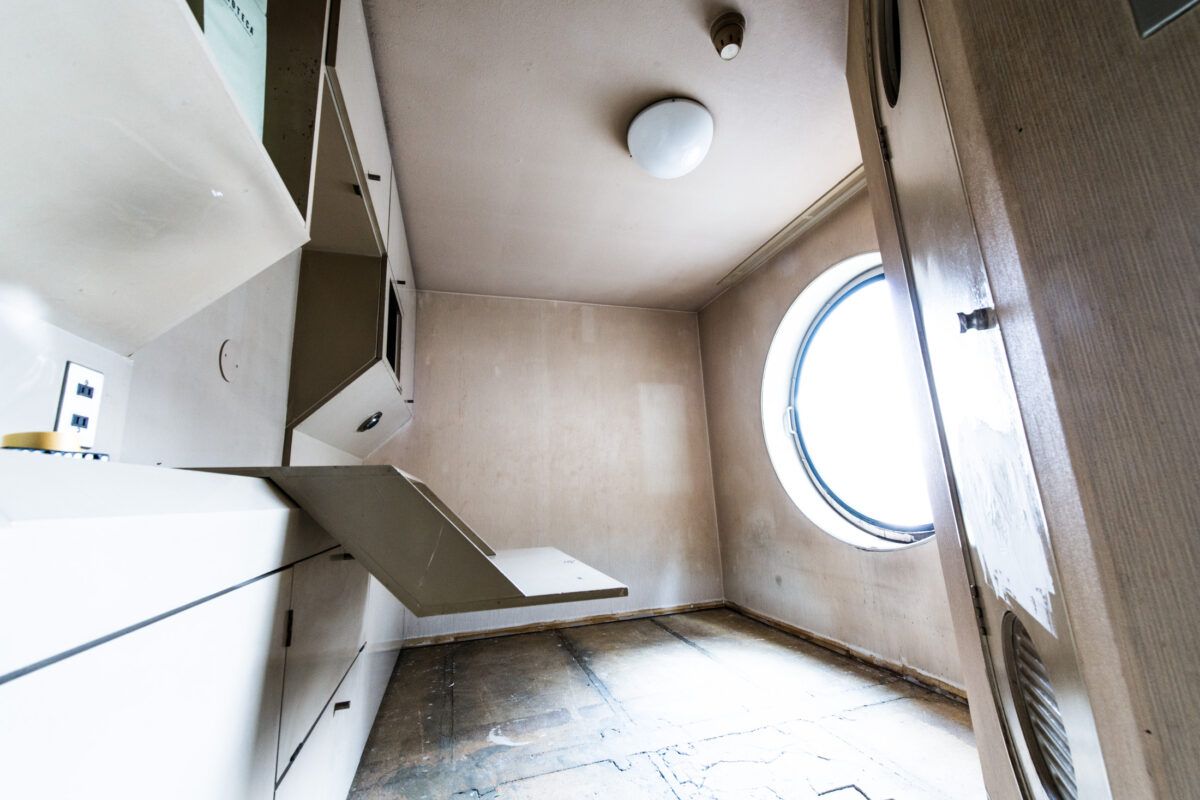
Here is a before/after, that shows you what kind of work can be accomplished by Maeda-san. This apartment is ready to be rent! The only issue is that there is no hot water in any of the capsules and you’ll need to visit the nearby sento or the small shared shower at the reception.
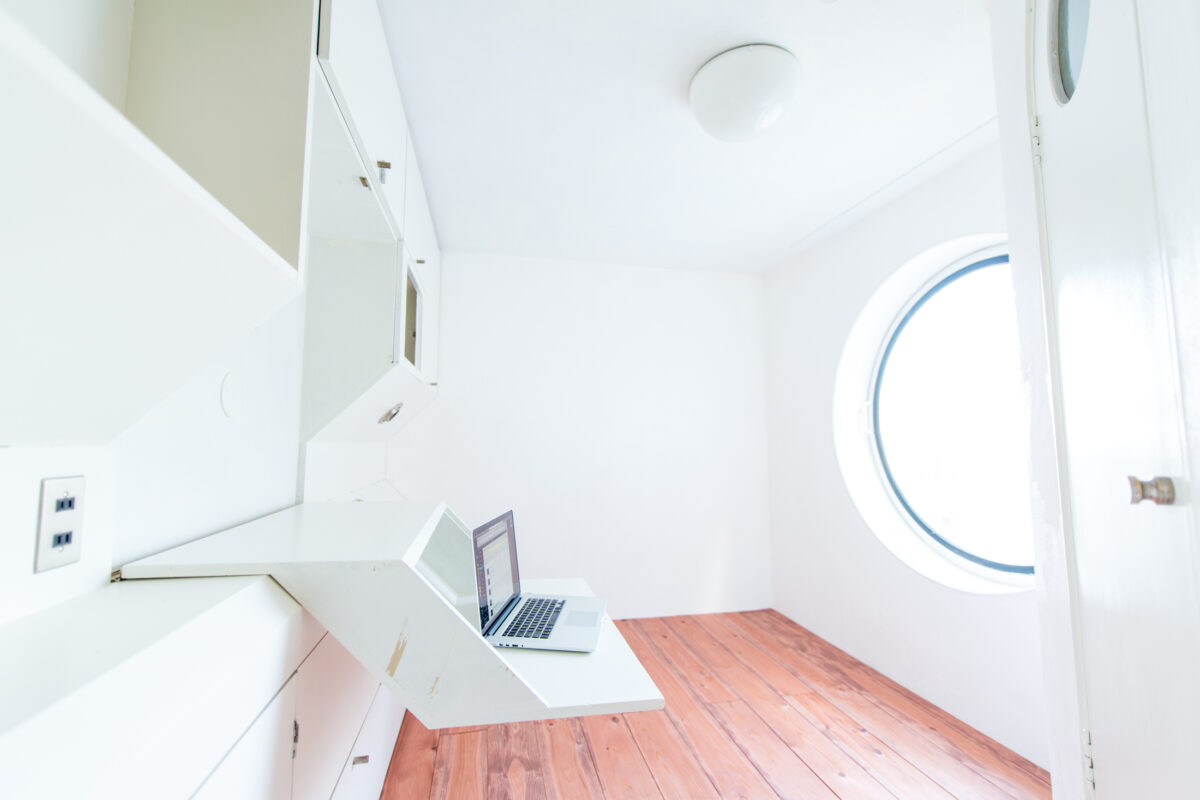
Even this bathroom from 1972 looks now brand-new!

Jordy: If it is not a secret, what is the current average price of a capsule of the Nakagin?
Maeda-san: A capsule costs now between 6 millions and 10 millions yens (~ 50,000 – 85,000 euros). In fact, this price doubled or even tripled during the last 2-3 years. Before you could get one for 4 millions yens (~ 34,000 euros). There were many more owners at this time, now we are only a few.
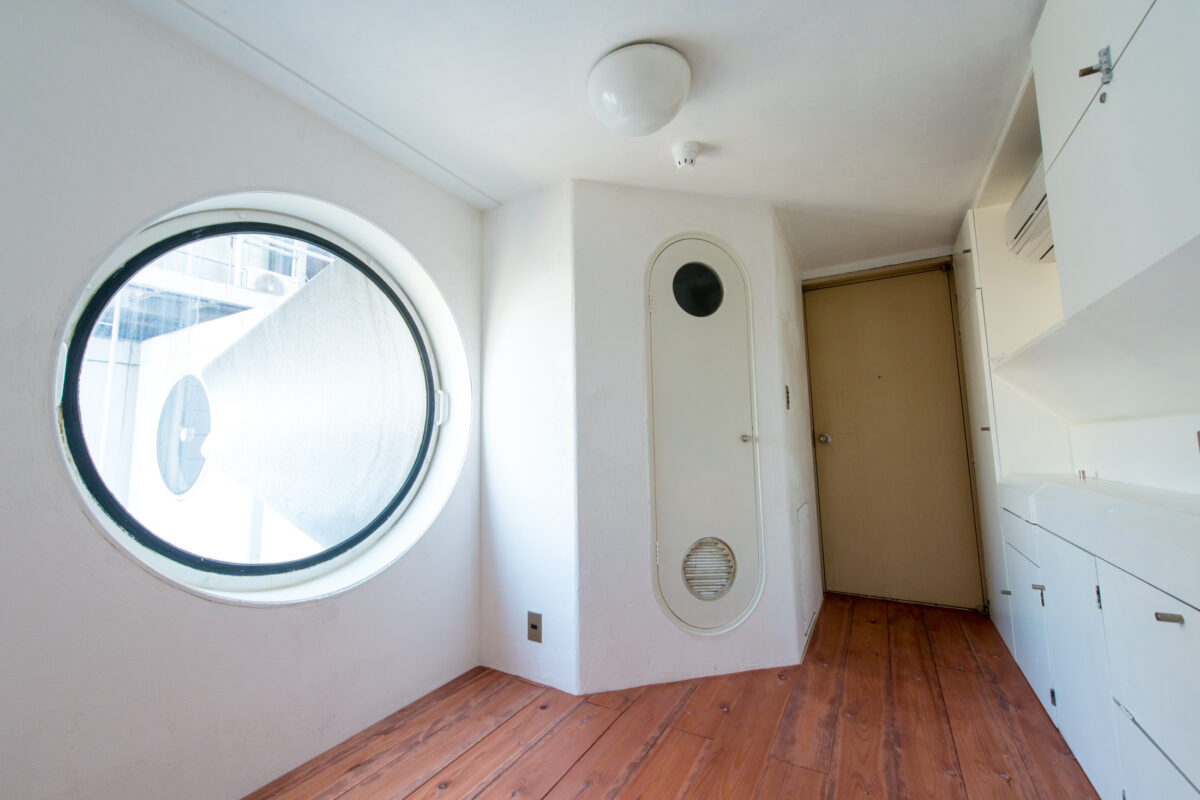
Jordy: It looks cute and small but can you actually live there and have a comfortable life?
Maeda-san: Yes, I do believe it’s possible!
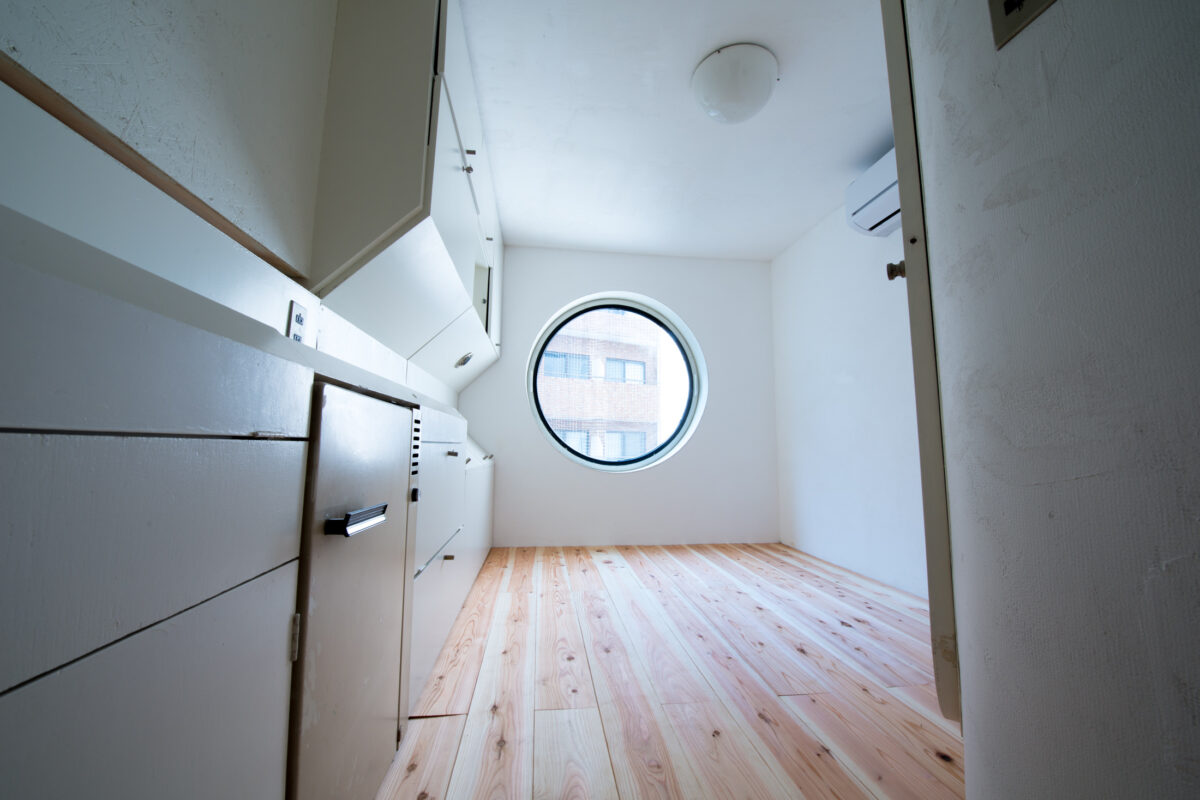
Jordy: Are there any other buildings that you love as much as the Nakagin?
Maeda-san: I didn’t find any equivalent to the Nakagin yet! 🙂
Shooting with Miki
One of my favorite models is Miki. She has the most incredible poses, original choice of clothes, she has always ideas and never get tired. For the Nagakin, I simply proposed her to do two kinds of photos, one would be 70’s style, and the other one would be retro-futuristic in black & white. She picked her styles and then it was up to us to improvise. Here is the result.
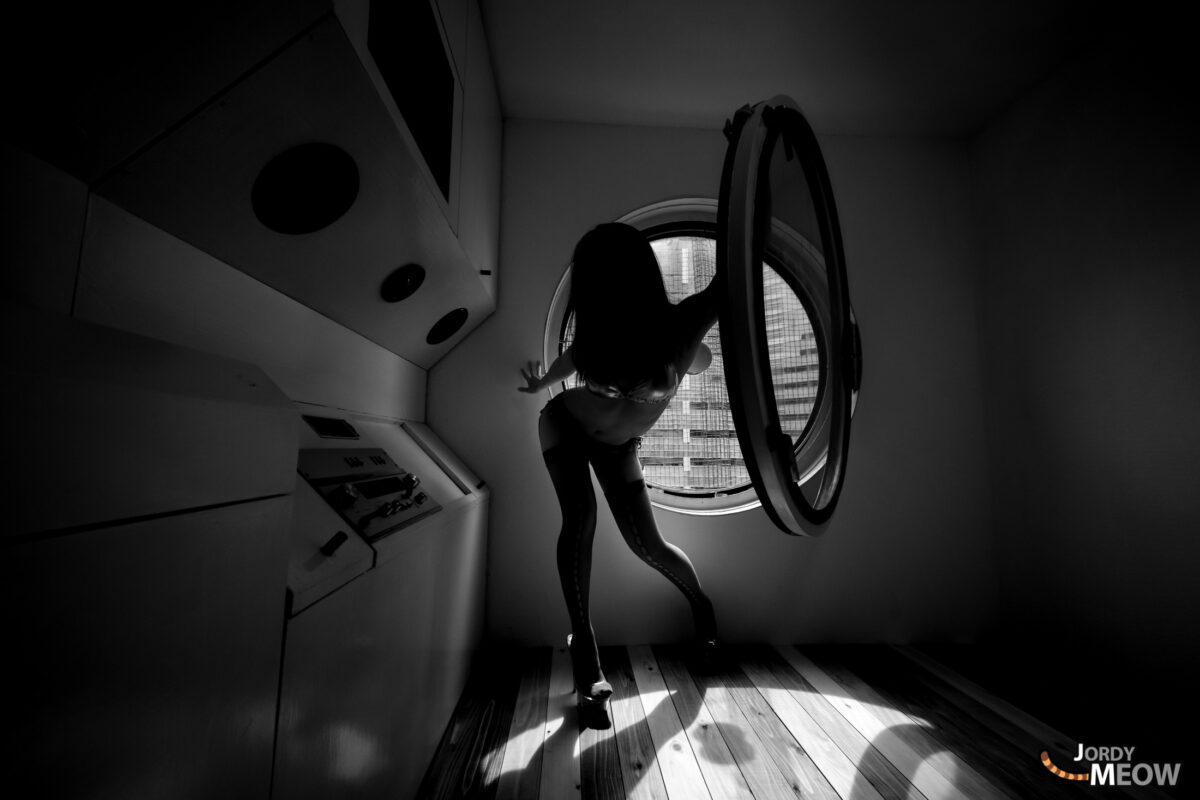
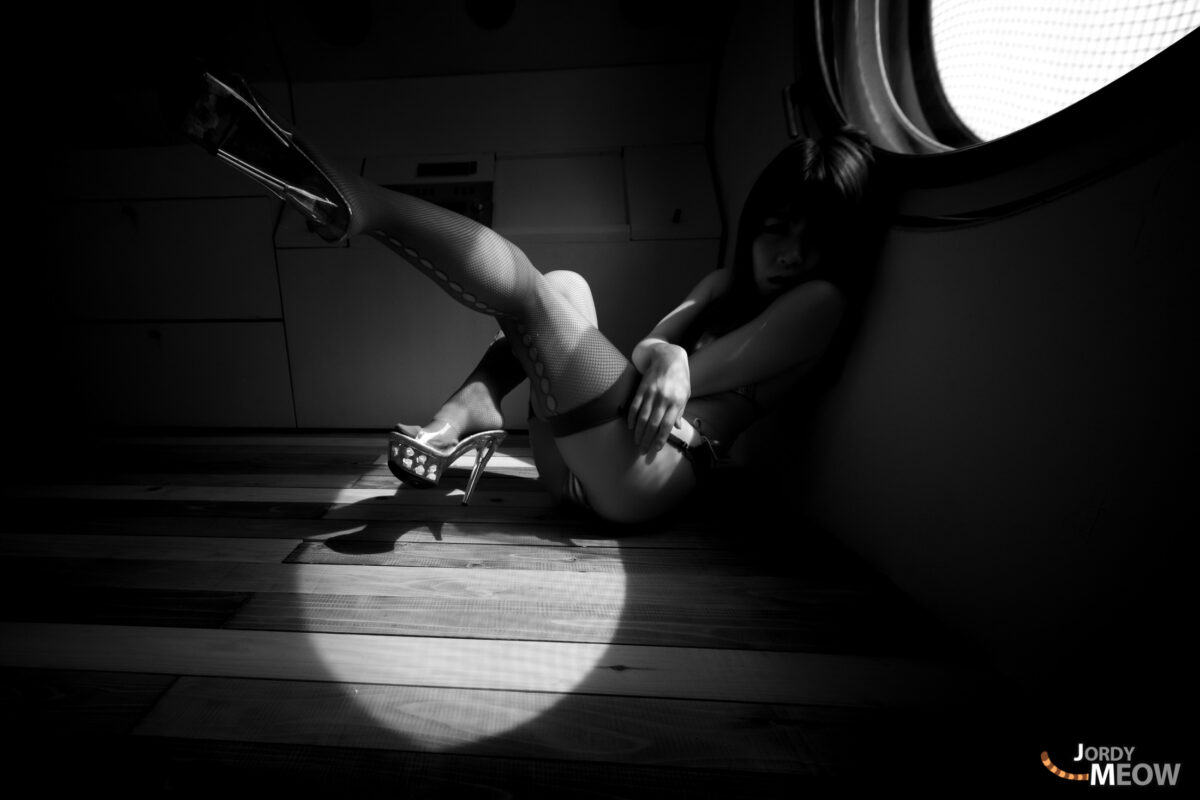
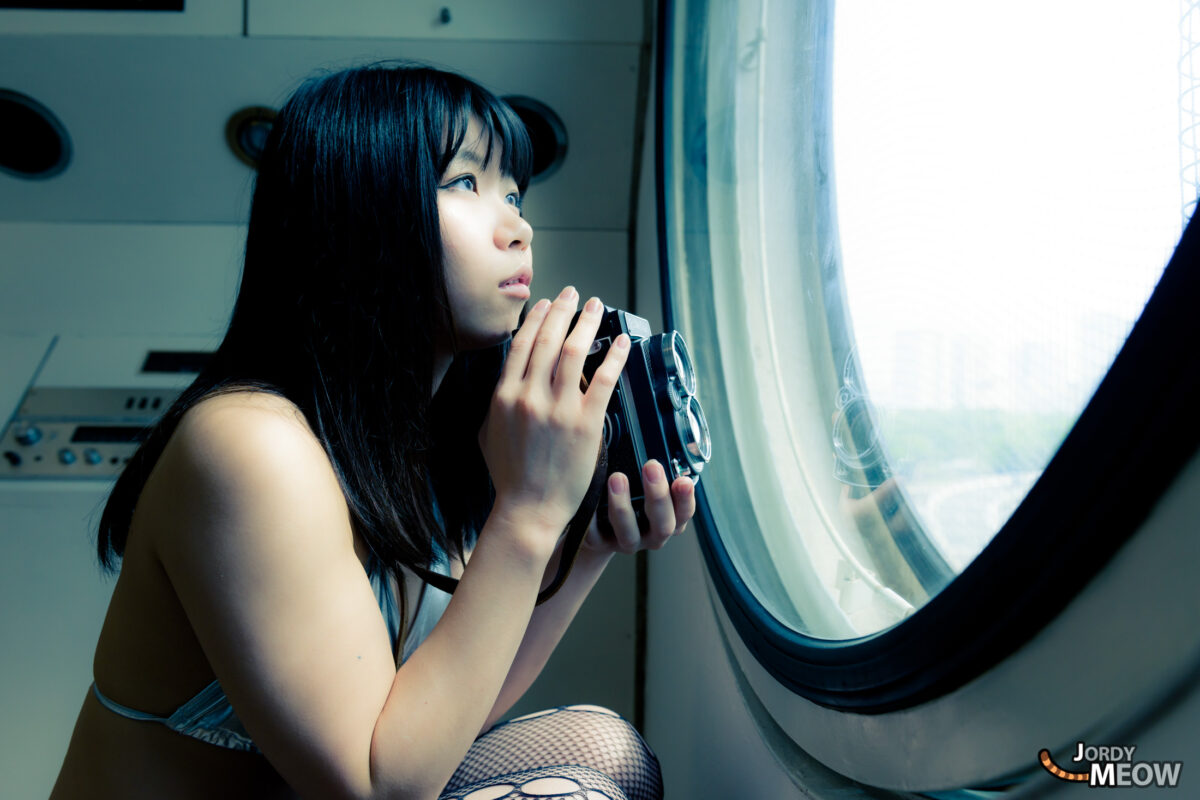
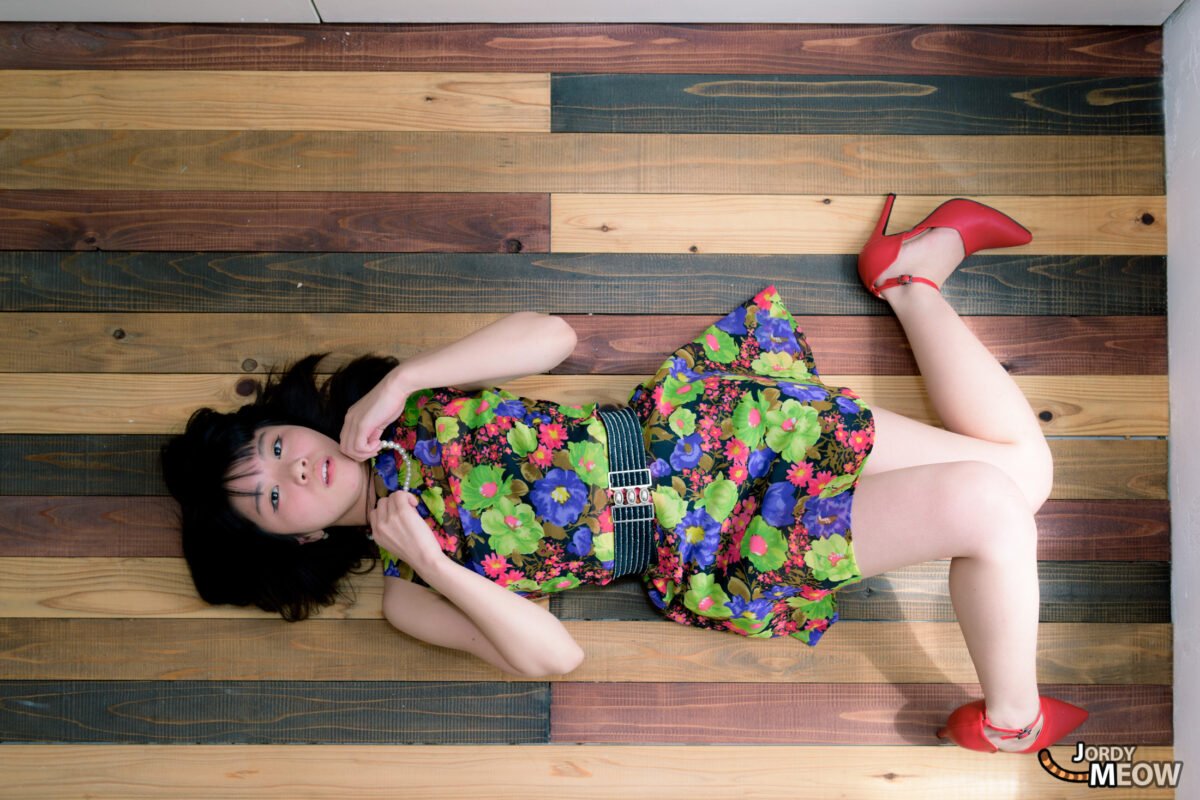

You’re okay, Miki isn’t too sexy for you? For information, Miki is not a model in reality. She creates songs for idols bands which buy them from her. I didn’t knew that this kind of job existed.
I hope you enjoyed this stroll in the Nakagin with Maeda-san and Miki. If you like the Nakagin, make sure to check my old article about this Warship Building in Shinjuku.
And for more awesome content about Japan, follow Jordy Meow on Instagram ! 🎵

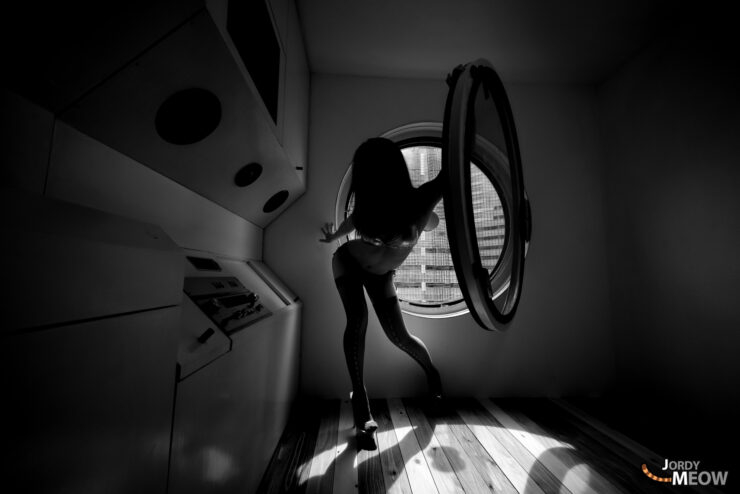
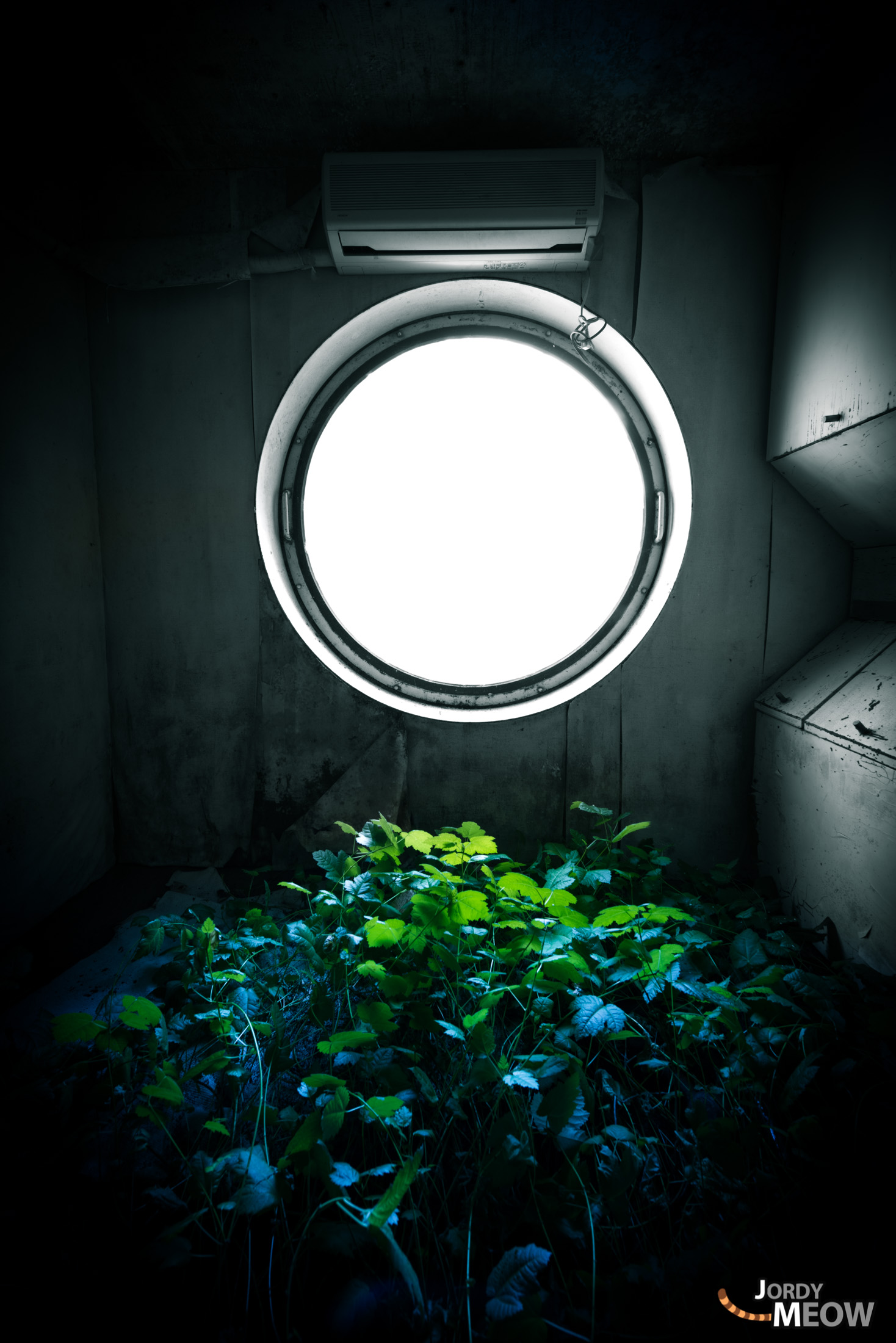
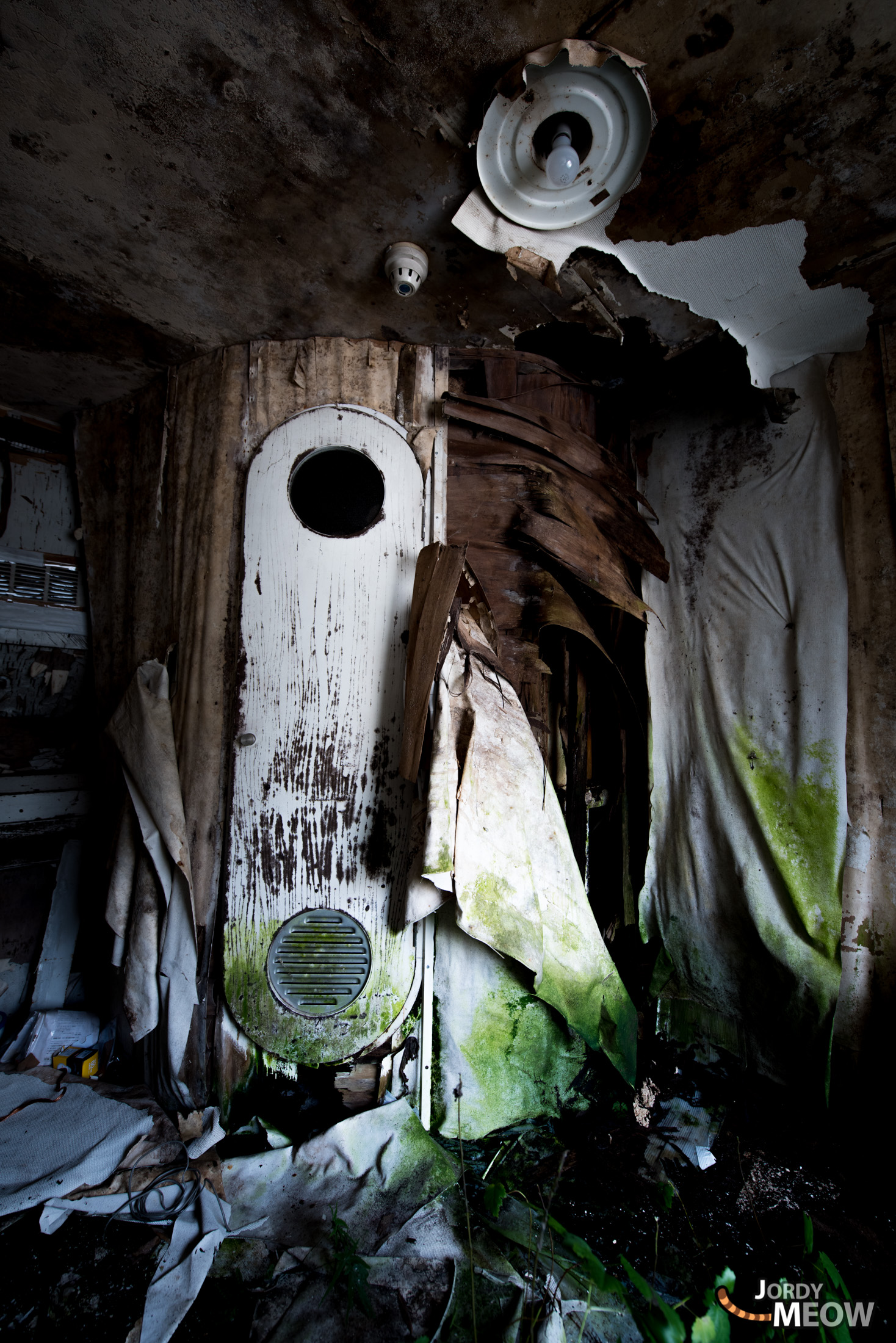
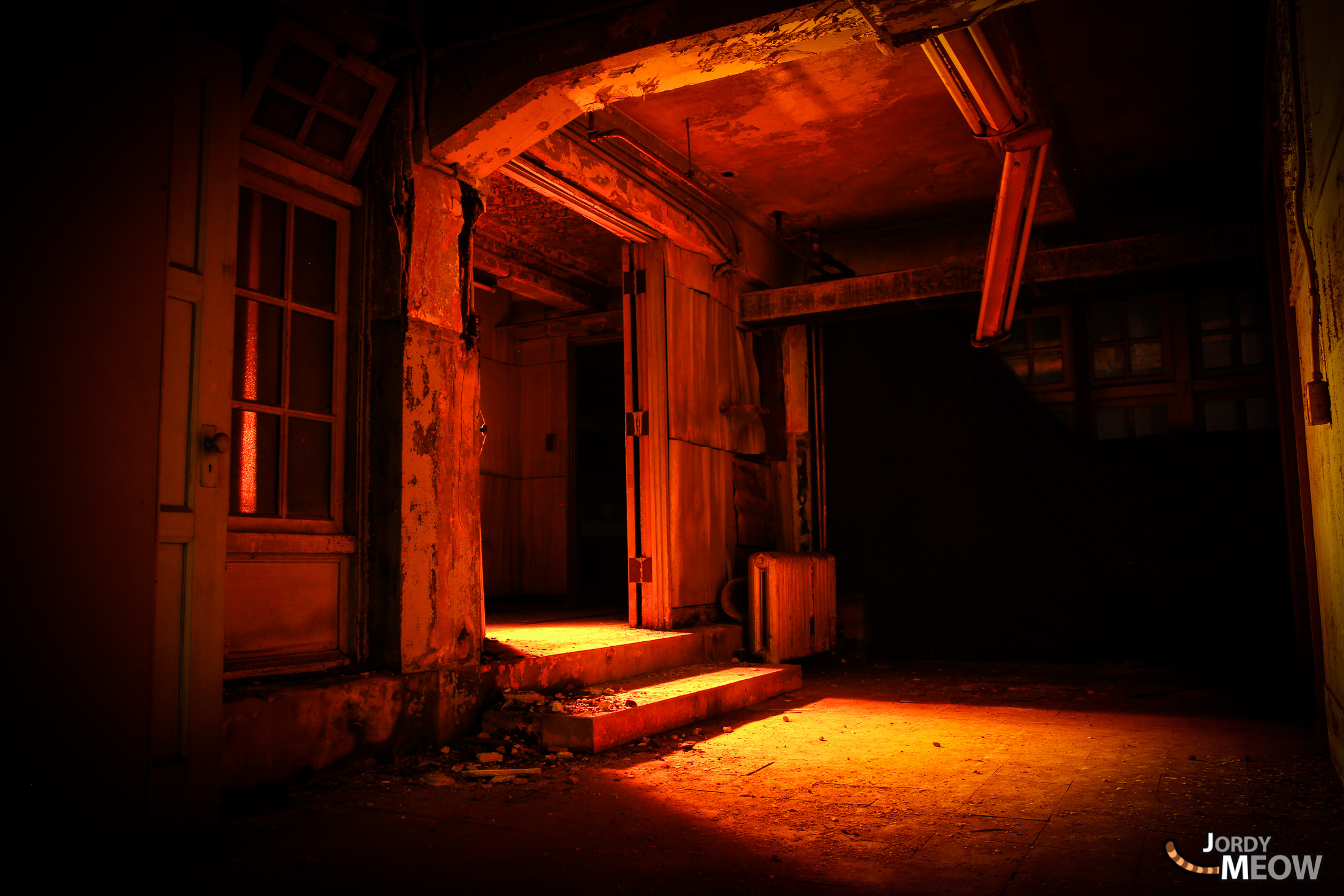
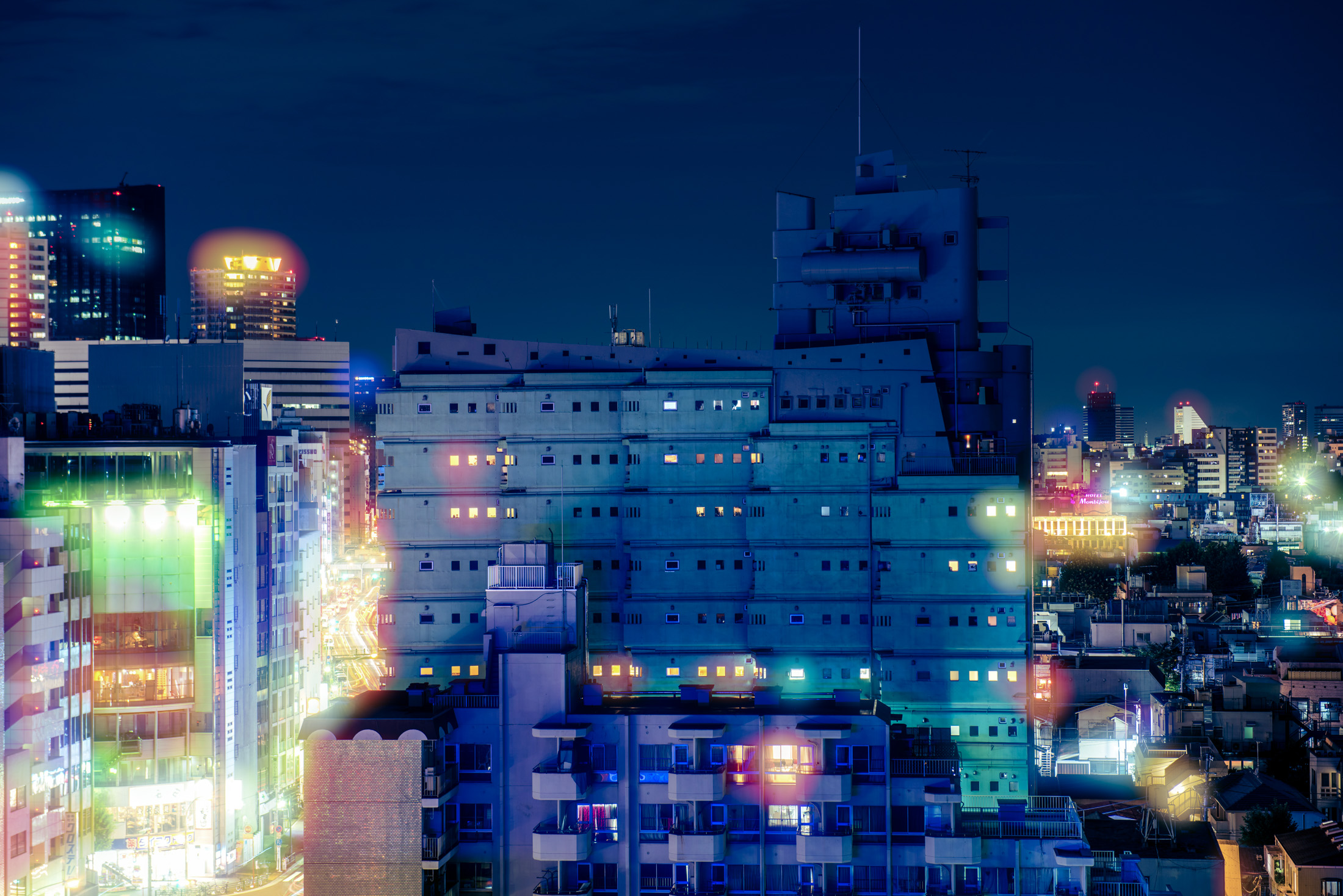












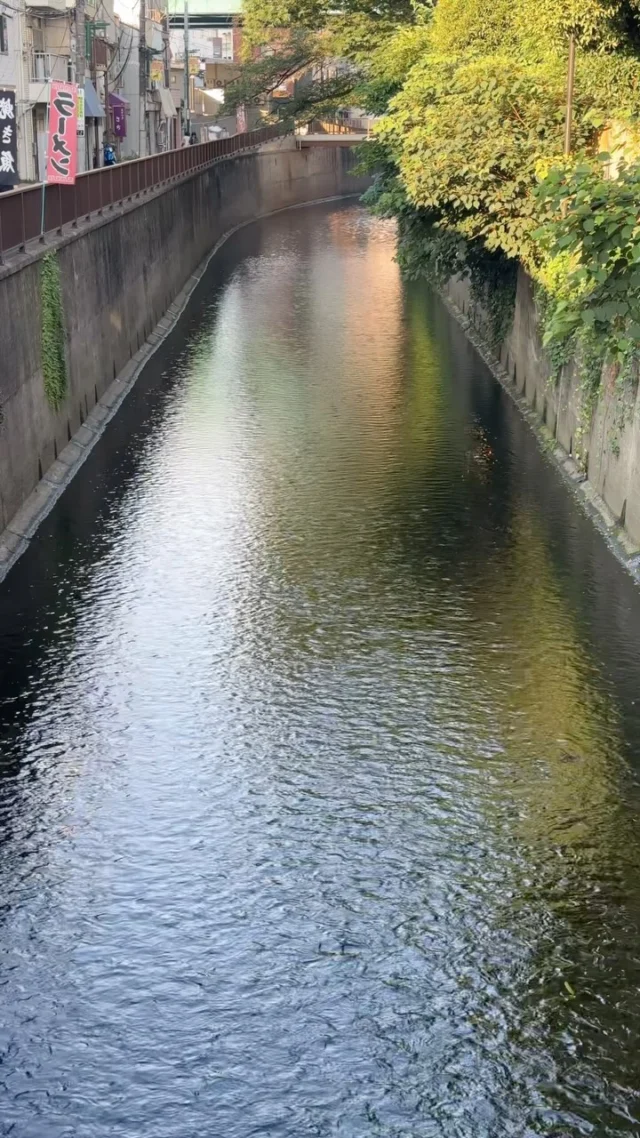
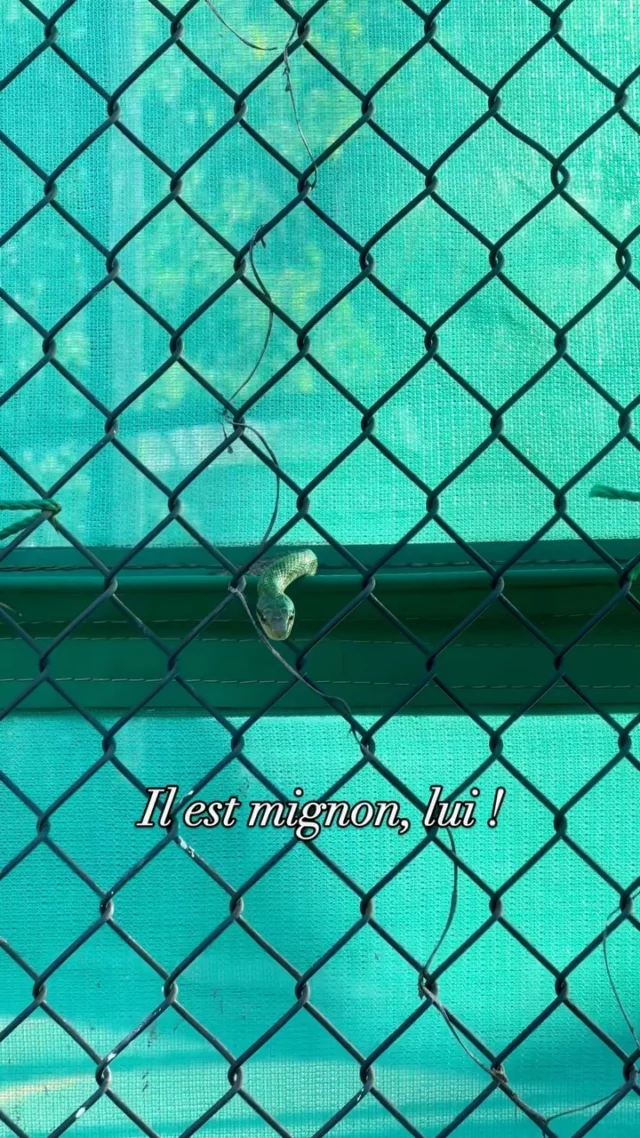
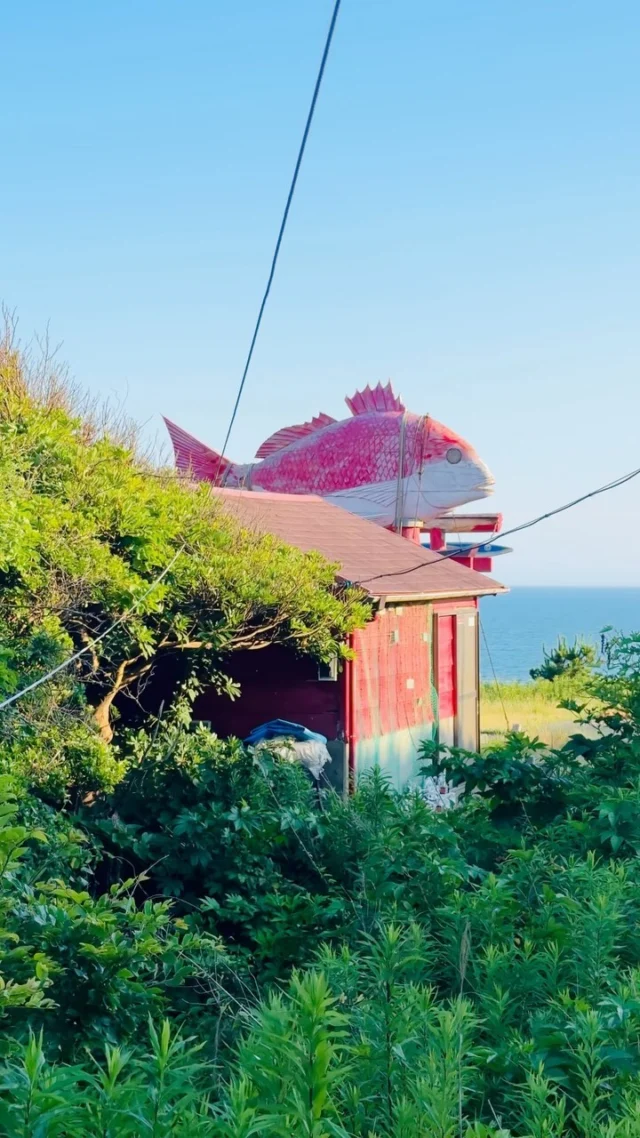

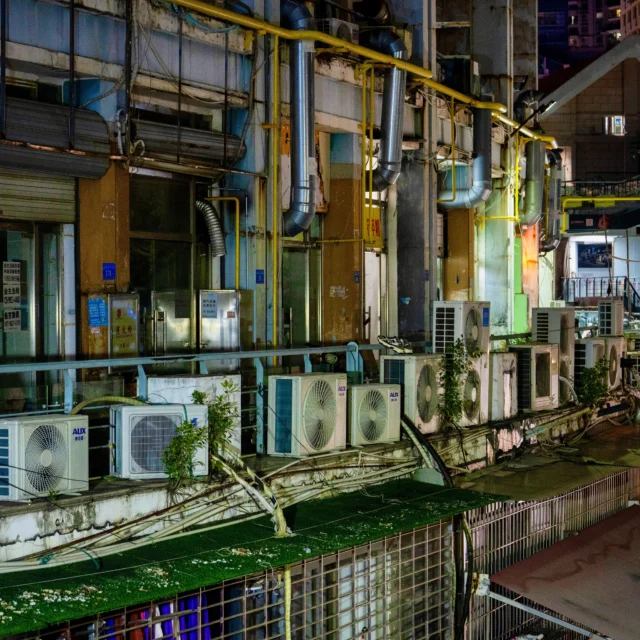
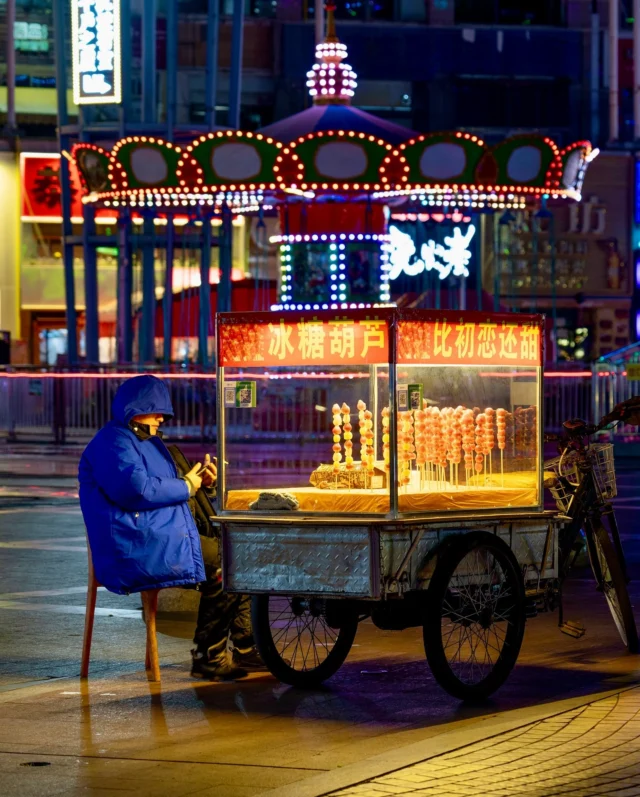
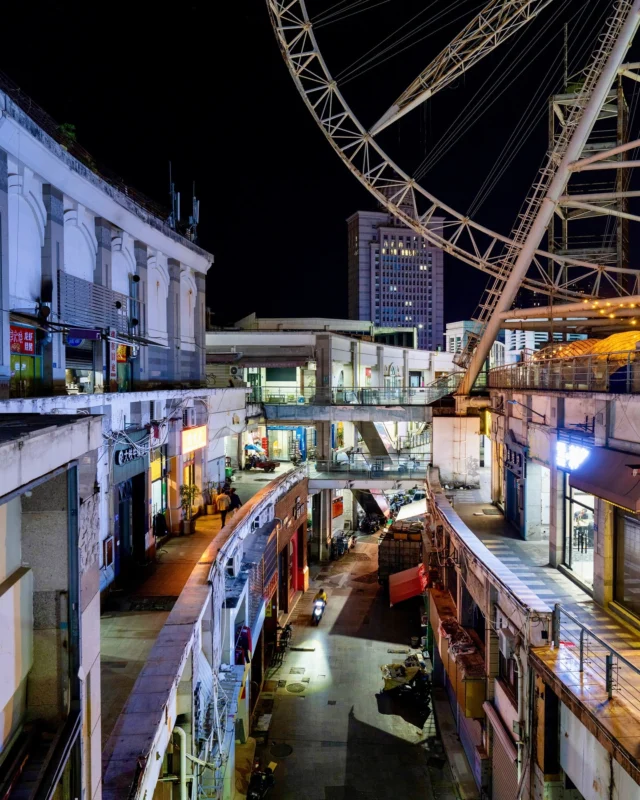
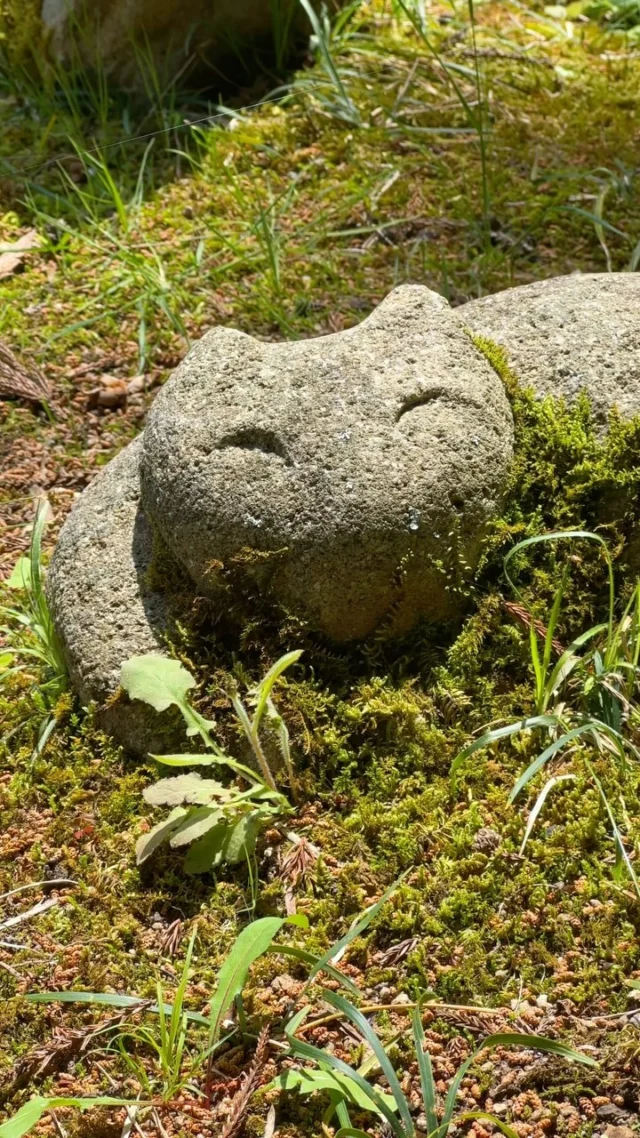
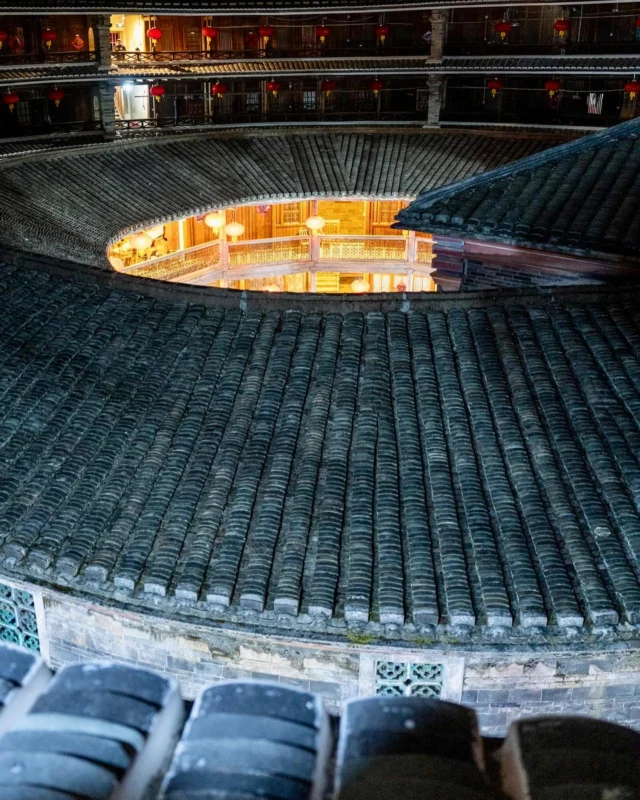
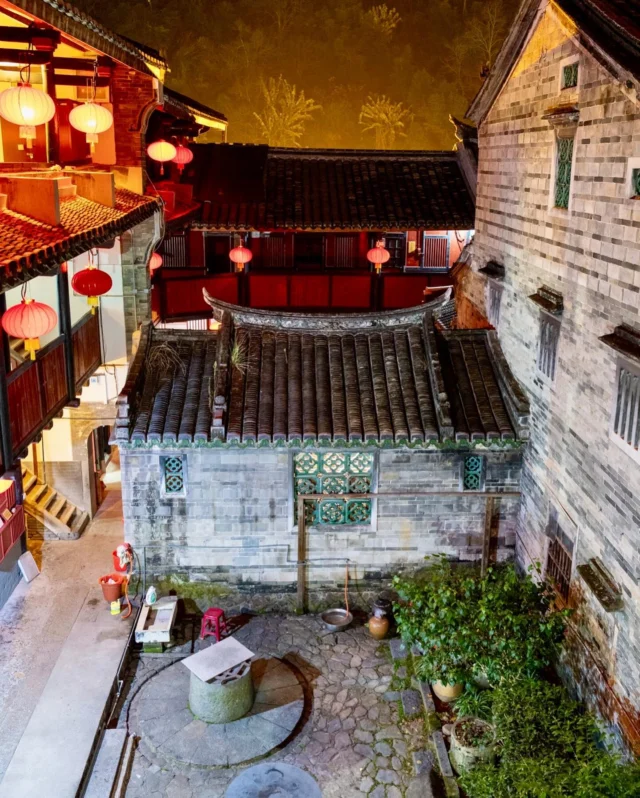
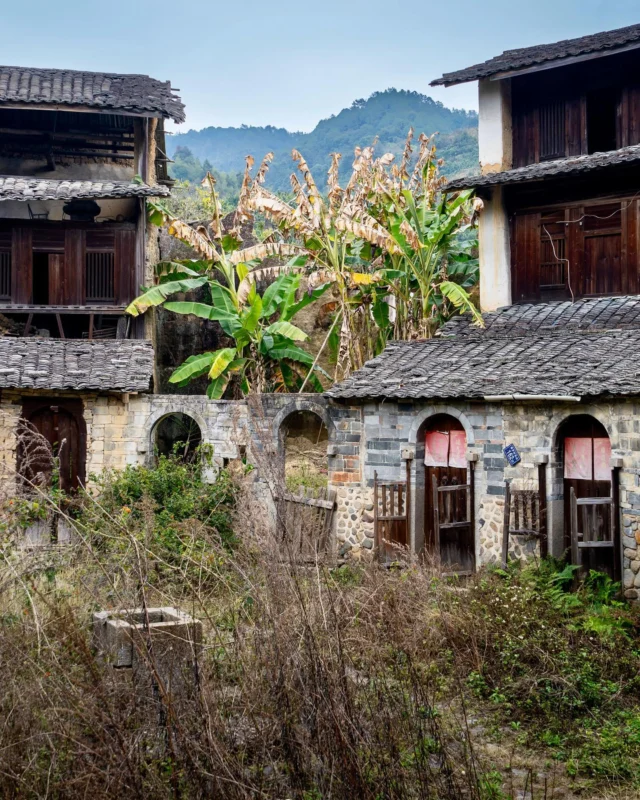
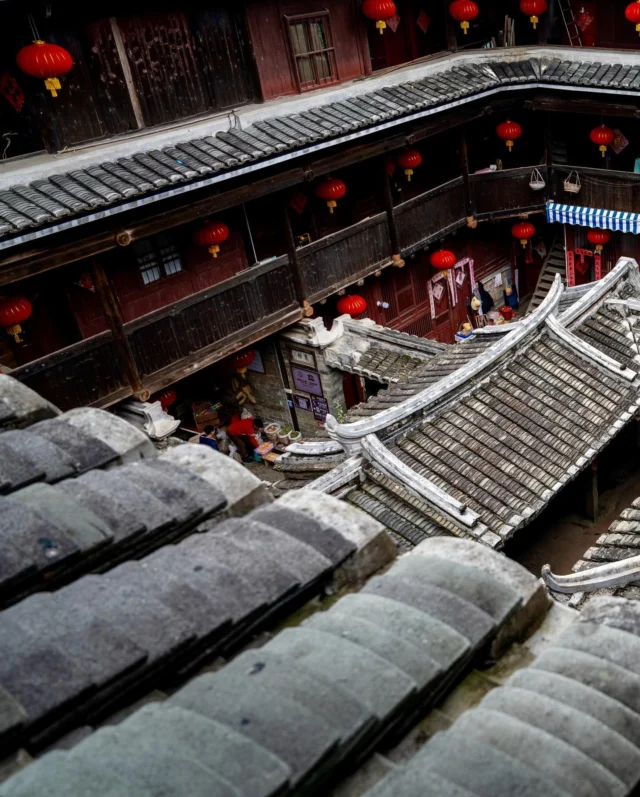
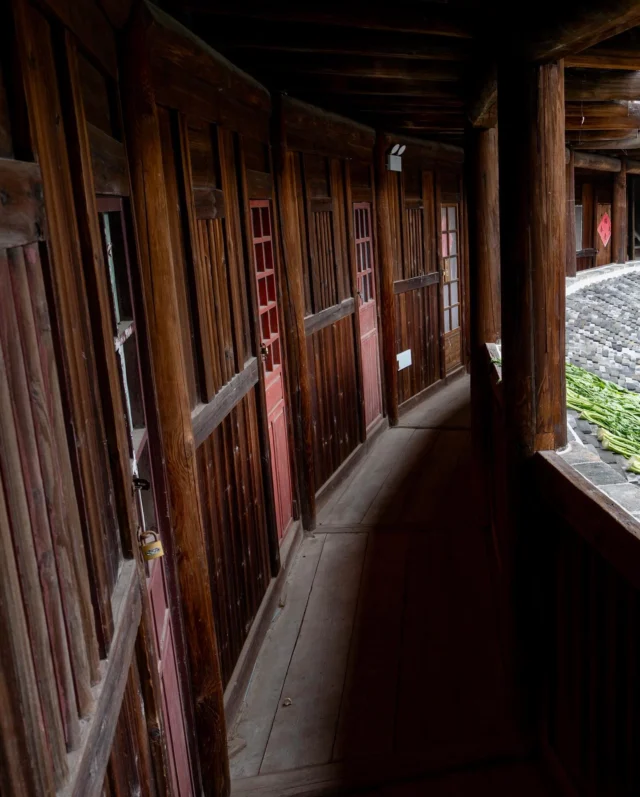
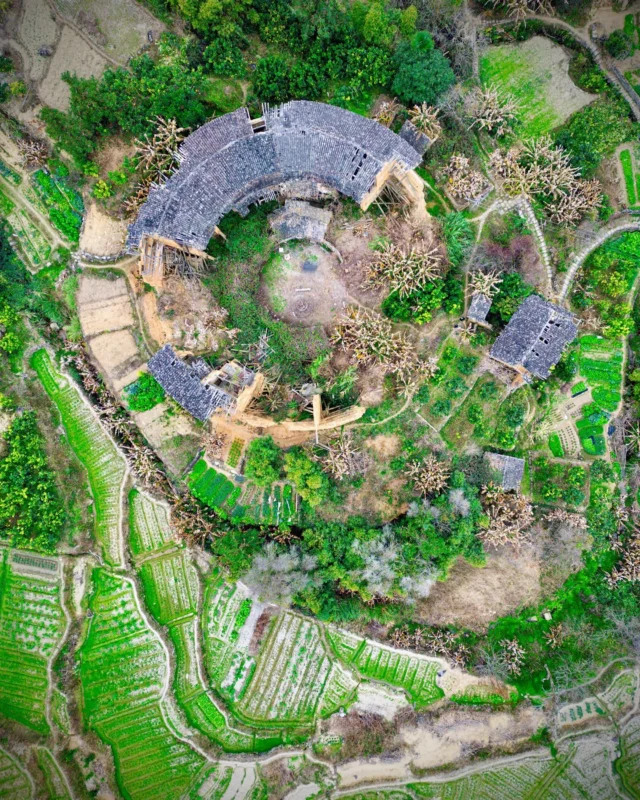
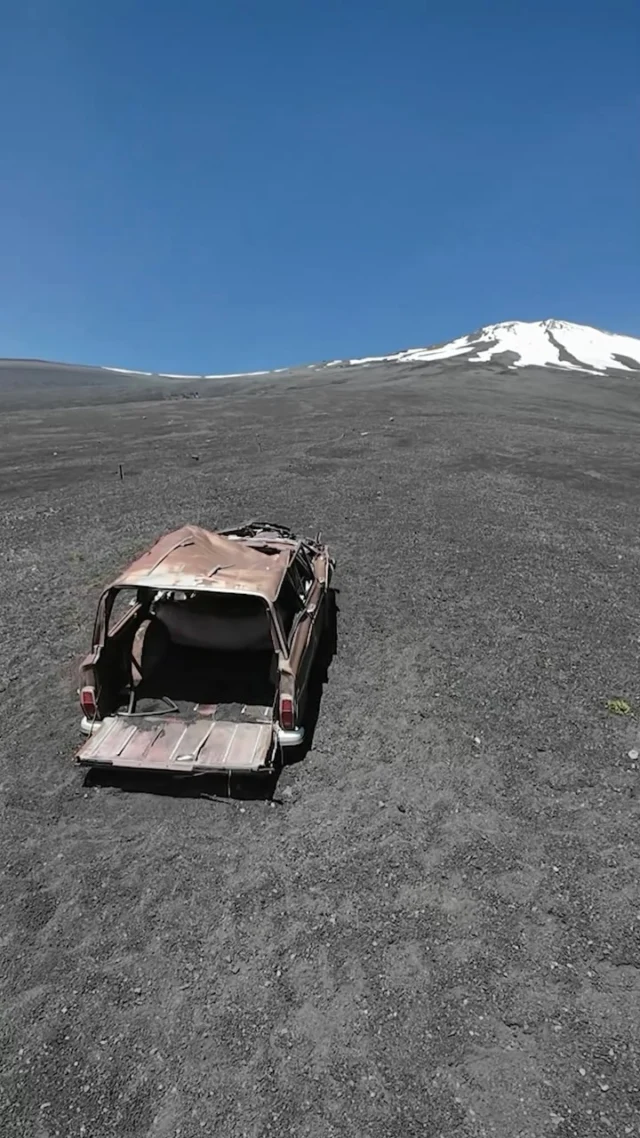
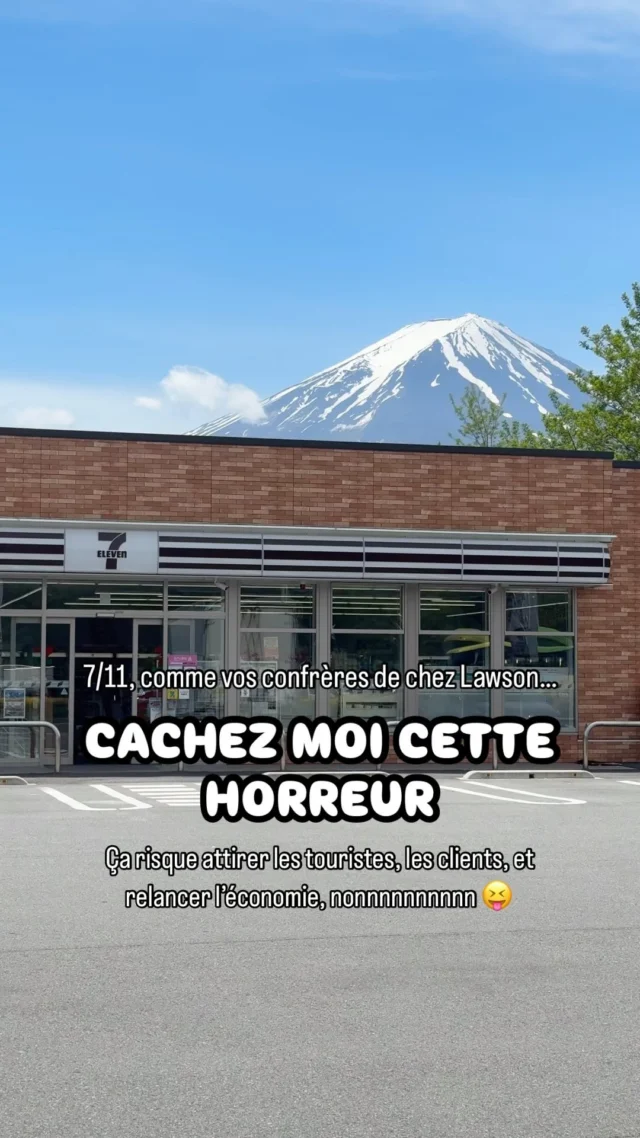


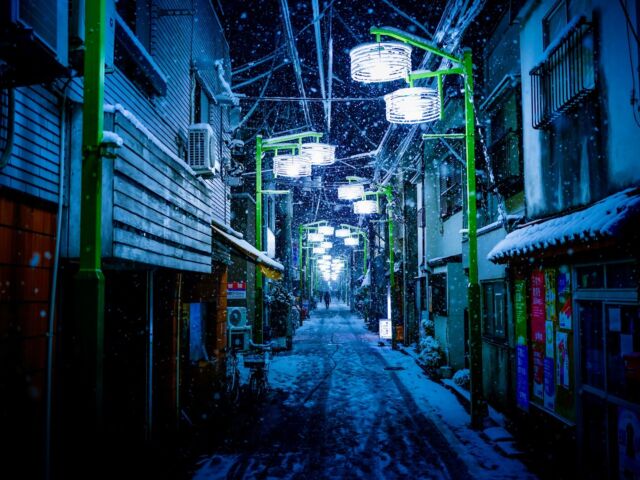
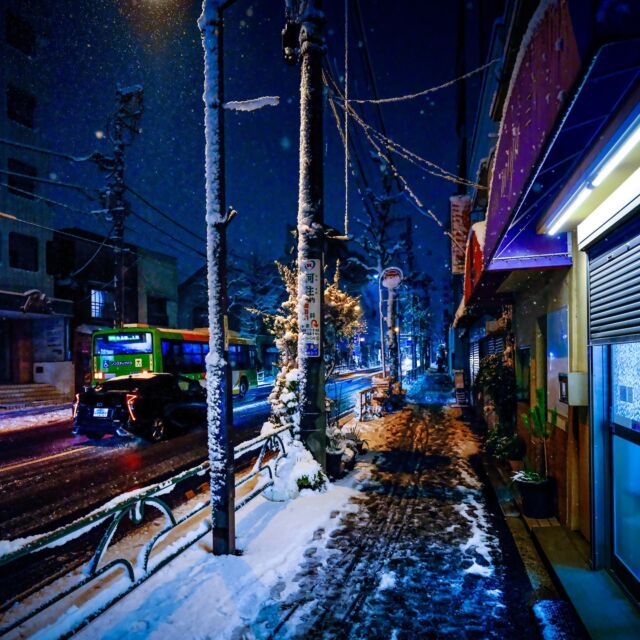
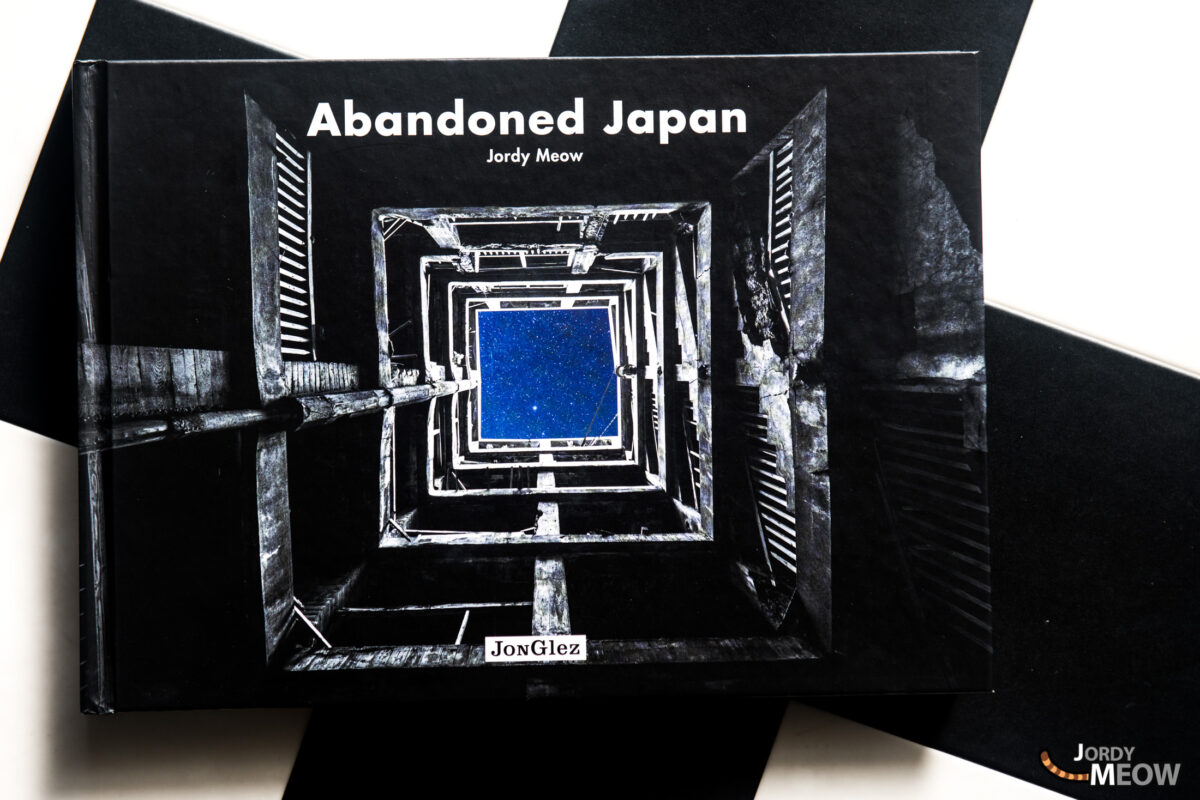

















I passed in front the building without ever dared to enter, I regret now that I know that the capsules were for sale.
The interior design looks incredibly in the apartment I had imagined for a Sci-Fi movie
I actually wonder if it has been used in movies yet, because it has the potential for it!
Indeed this building was used in the XMen movie Wolverine Inmortal a couple of years ago. It was a love hotel there. I pass in front of the building last year. I want to make a more near visit soon.
Long time no blog! Sweet post, Jordy! Photos and model are so amazing! In Russia we don’t have capsule-architecture buildings of that kind, so I was really interested in your article.
Those capsules are very unique to Japan but I am sure we can see something slightly similar somewhere else, that would be interesting to know 🙂
It depends on nation’s culture too. I myself and a couple of my friends are accept these rules and capsule rooms, but most of russians think that it’s a weird to live in a such small room. That’s why we don’t have examples of an architecture of that kind.
Soviet constructivists had another approach. There was idea of community houses where you suppose to live in the small room, with wardrobe, dining room, library and even showers located at shareable area. it was called ‘house-commune’. Still have the buildings around, but people made their best to move all the facilities inside the flats.
Will be glad to visit nakagin tower once. Have an idea to reproduce its furniture at my place.
J’avais déjà vu qu’il n’y avait pas d’eau chaud dans le batiment ? Tu sais la raison ? ça m’intrigue 🙂
This is pretty cool. I spent some time in a capsule hotel in Tokyo and found it to be liberating. Minimalist living! Great coverage and your Miki has got some curves xxx 🙂
5
2.5
Hi Jordy!
My name is Daniel, I’m a professional architectural and interior photographer but I’m also very passionate about street photography. I’ll be in Japan for 2 months this summer participating in an artist residency outside of Tokyo. I’ve been doing a Iot of research on the Nakagin Capsule Tower and came across this lovely post. I appreciate your story and photos and wanted to inquire if it would be possible to organize a visit inside the tower, it would be an absolute dream to photograph! I understand it’s a private building and I would be happy to reimburse you for your time and access. I will first be in Tokyo late in June but will be in the area through July.
All the best,
Daniel
http://www.danielgreer.photography
4.5